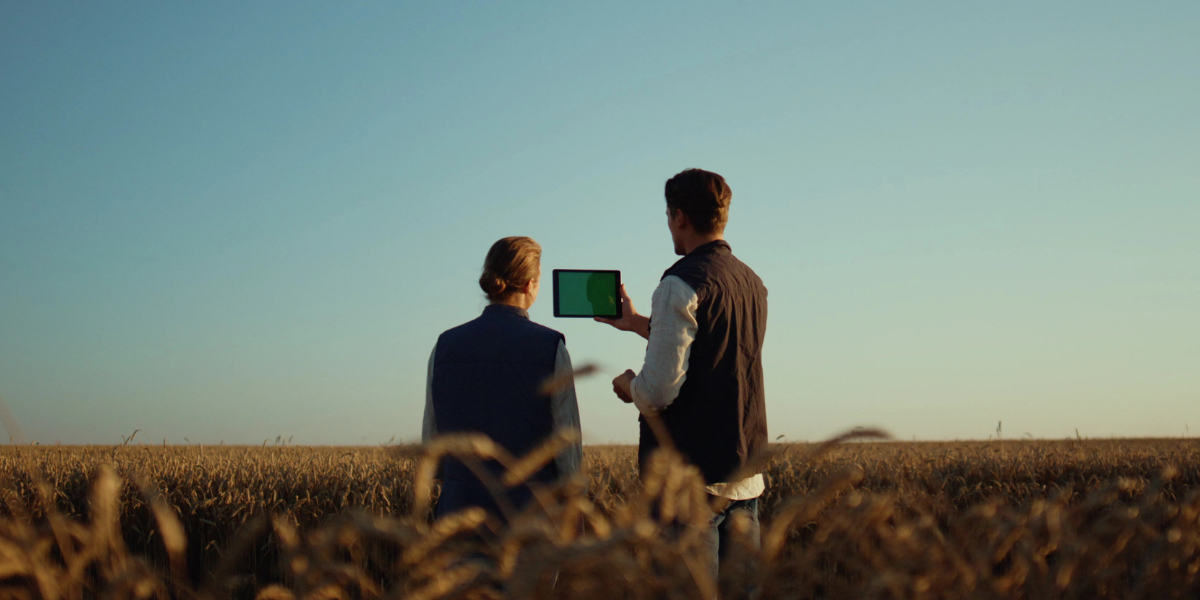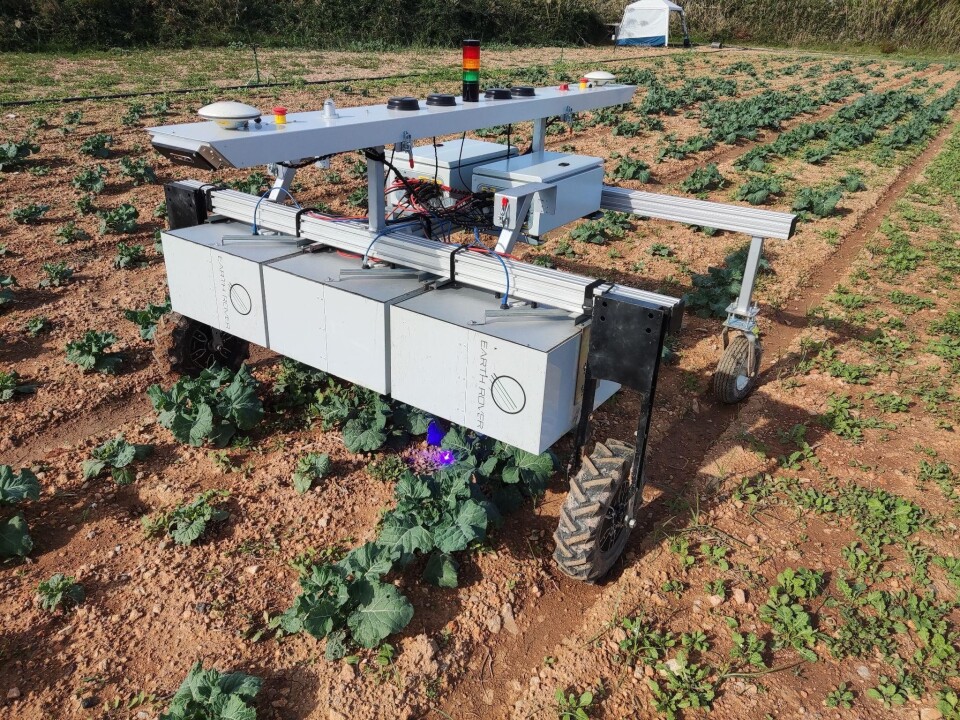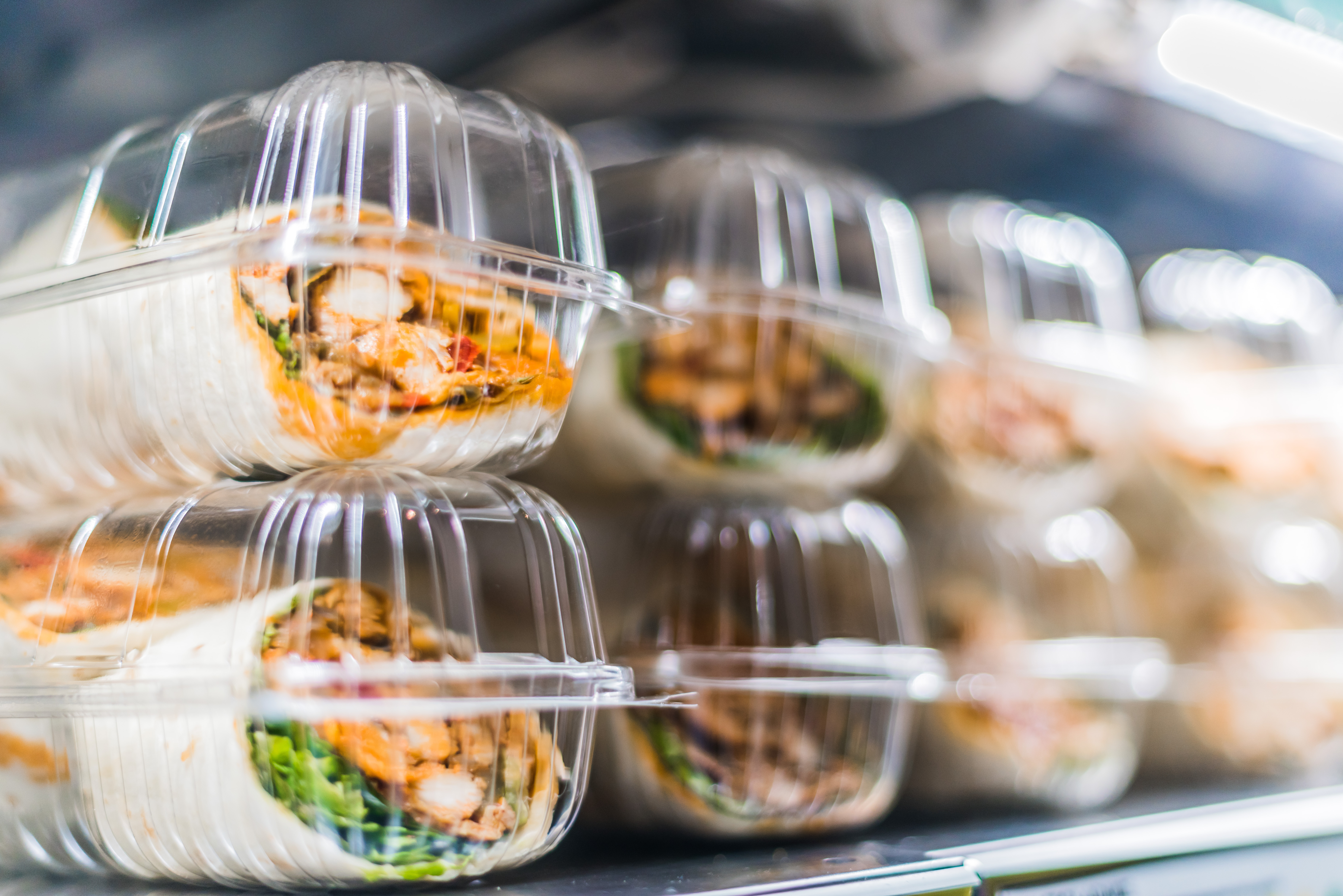After years of discussion, debate and consultation, the EU’s Packaging and Packaging Waste Regulation (PPWR) has come into force this February. Here’s everything you need to know about PPWR and how to prepare.
What is PPWR, and what is it trying to achieve?
The EU has had single-use packaging and packaging waste in its sights for some time.
According to the European Commission (EC), currently some 40% of plastics and 50% of paper used in the EU market is destined for use in packaging. It also accounts for more than a third (36%) of total municipal solid waste. Without action, it has warned that packaging waste will increase by 19% as early as 2030.
The current Packaging Waste Directive - the main regulatory framework for packaging and its disposal since the 1990s – has failed to incentivise industries to make the necessary changes to curb this impact, say the EC.
And so, in 2022, it committed to an overhaul of legislation in this area.
The result is the Packaging and Packaging Waste Regulation (PPWR) which introduces new mandatory requirements for all packaging placed in the EU market, regardless of the materials used, designed to minimise environmental impact.
The Regulation has three core objectives:
- To reduce packaging waste by restricting unnecessary packaging and promoting the use of reuse / refill
- To increase recycling
- To reduce resource consumption by reducing the use of primary raw materials and increasing use of recycled plastics.
What changes does PPWR introduce – and when?
PPWR introduces some sweeping changes to what packaging is and isn’t allowed in the EU market, and what steps it expects all ‘economic operators’ to take to ensure compliance. This term includes all packaging manufacturers, but also suppliers, importers, distributors and final distributors, including retailers.
This has huge ramifications for the food and drink industry – a sector reliant on packaging and packaging materials at every turn, both for functionality and for areas such as branding and marketing.
Some key changes introduced by PPWR for food businesses to note are:
- All packaging must be recyclable – with some very limited exceptions. The level of recyclability will be graded A, B and C with different fees / rules dependent on where it falls.
- A proportion of packaging will need to be made available in reusable and / or refillable packaging.
- A deposit return scheme (DRS) will need to be in place across all member states by January 2029 for single-use plastic and metal drinks containers (up to three litres)
- Labelling will need to set out the material composition of packaging and instructions for consumers on how to dispose, sort, reuse..
- There will be additional single use plastic bans on areas such as trays for fresh fruit and veg and EPS in retail food packaging
There isn’t long to brush up on what all this means for your business either.
After the law enters into force in February, companies will have only an 18-month transitional period to start the process of compliance.
Following this, there are some key deadlines to bear in mind.
December 2026. The EC shall adopt implementing acts which set out a methodology for the calculation and verification of recycled content
January 2028: The EC will publish ‘design for recycling’ criteria that defines the thresholds for recyclability [broken down into three grades, A, B & C]
January 2030: Initial recycling and reuse targets enforced
2040: Requirements for secondary recycled content and reuse come into force
How can food businesses prepare for PPWR?
Ultimately, PPWR should incentivise all food businesses to explore reductions in packaging weight, switching to 100% recyclable and recycled materials and the viability of refill / reuse systems too.
Doing so will ensure they’re both legally compliant with the new Regulation but also align their own business model with changing customer expectations around packaging and packaging waste, with a strong push for more sustainable options. Switching to 100% recyclable packaging (e.g. paper) is also advantageous because these materials are not required to provide origin information under the EUDR. As well as the inherent challenge of identifying recycled materials' origins, this exemption recognizes recycling's role in promoting sustainability and reducing deforestation impacts. The standard EUDR requirements apply if the recycled content is less than 100%.
Before these bigger changes though, the first step for all food businesses is to get to know their existing packaging inside out.
PPWR requires companies to have a full understanding of exactly how much packaging they’re using (by volume and unit); the precise materials it’s made up of and how it’s being used and disposed of by end users.
To ensure this, companies will be required to keep their own detailed packaging records in order to demonstrate compliance when asked.
Dependent on the packaging type, the extended info they’ll need to have on each item includes:
- Colour
- Recycled material (post-consumer)
- Weight per material
- Empty space in the packaging
- Reuse or refill system capability
- Deposit system capability
- Compostability suitability
- Recycling performance
Gaps or inaccuracies in this knowledge could result in sales bans or fines.
Investing in supply chain management software that collates all data into one place can help simplify this task.
At Foods Connected, our ‘one stop’ platform helps businesses track and monitor all inputs and documentation across their value chain so they’ve got all the information they need at their fingertips. Our Food Compliance Software can also allow teams to map out their supply base and assess any potential hotspots.

The takeaway? Don’t delay
The EC has set out an ambitious timeline for implementation of PPWR and though further detail on some key provisions won’t be provided for some time to come, companies shouldn’t hold off on taking the first steps toward compliance.
.jpg)
Greer McNally
Greer has over 15 years’ experience writing about trends in the food and retail sectors. She lives in a little village by the sea in Northern Ireland and loves creating content that informs how people think about the food industry. A recent career highlight was interviewing the legend that is Dr Temple Grandin.
Stay up to date
Stay up to date
Browse Posts
- November 2025
- October 2025
- September 2025
- August 2025
- July 2025
- June 2025
- May 2025
- April 2025
- March 2025
- February 2025
- January 2025
- December 2024
- November 2024
- October 2024
- September 2024
- August 2024
- July 2024
- June 2024
- May 2024
- April 2024
- March 2024
- February 2024
- January 2024
- December 2023
- November 2023
- October 2023
- September 2023
- August 2023
- July 2023
- June 2023
- May 2023
- April 2023
- March 2023
- December 2022
- November 2022
- October 2022
- September 2022
- August 2022
- July 2022
- June 2022
- May 2022
- April 2022
- March 2022
- February 2022
- January 2022
- December 2021
- November 2021
- October 2021
- August 2021
- July 2021
- June 2021
/Blog%20Headers/shutterstock_2461210039.jpg)

/Blog%20Headers/shutterstock_1927957907%20(1).jpg)
/Blog%20Headers/shutterstock_1845178195%20(2).jpg)
/Blog%20Headers/shutterstock_2473376713.jpg)
/Blog%20Headers/shutterstock_2133827717%20(1).jpg)
/Blog%20Headers/shutterstock_2247276303.jpg)


.png)
.png)


/Blog%20Headers/Allergens%20APAC%20blog.jpg)
.png)
/Blog%20Headers/shutterstock_2087508244.jpg)
/Blog%20Headers/Headshot%20B%26W.jpg)
/Blog%20Headers/shutterstock_1800794020.jpg)
/Blog%20Headers/shutterstock_1705229173.jpg)
/Blog%20Headers/AI%20Interviewees%20Blog_header.jpg)